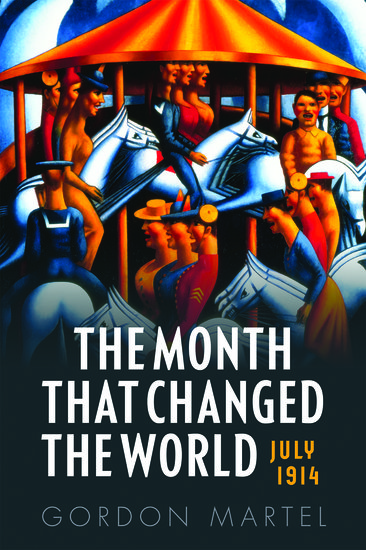The Hunger Games and a dystopian Eurozone economy
The latest resounding dystopian success is The Hunger Games—a box-office hit located in a nation known as Panem, which consists of 12 poor districts, starved for resources, under the absolute control of a wealthy centre called the Capitol. In the story, competitive struggle is carried to its brutal extreme, as poor young adults in a reality TV show must fight to death in an outdoor arena controlled by an authoritarian Gamemaker, until only one individual remains.














